MKS 248A User manual
Other MKS Control Unit manuals
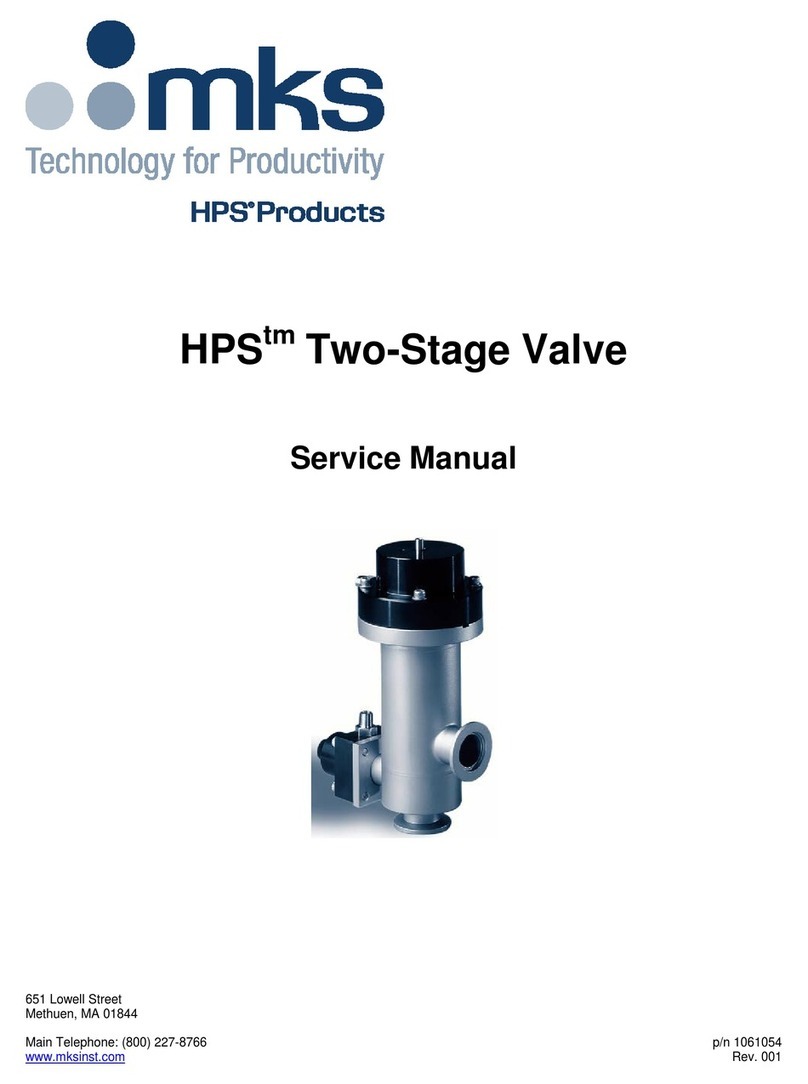
MKS
MKS HPS User manual
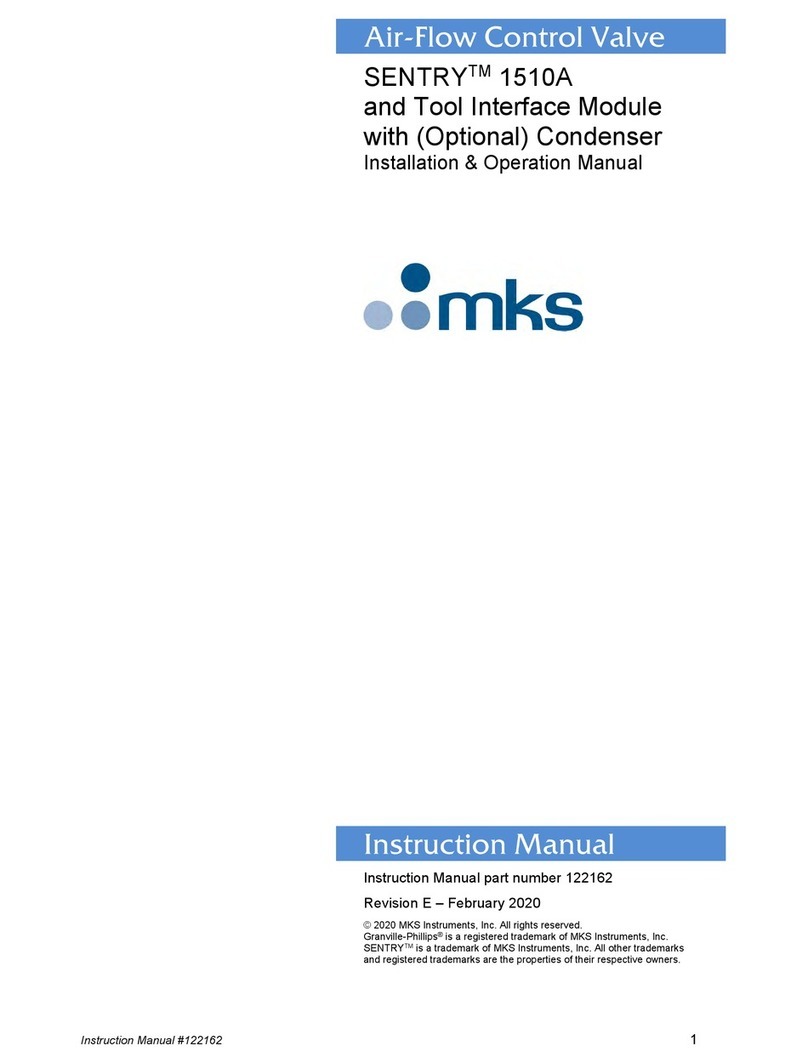
MKS
MKS SENTRY 1510A User manual

MKS
MKS Granville-Phillips 274 Series User manual
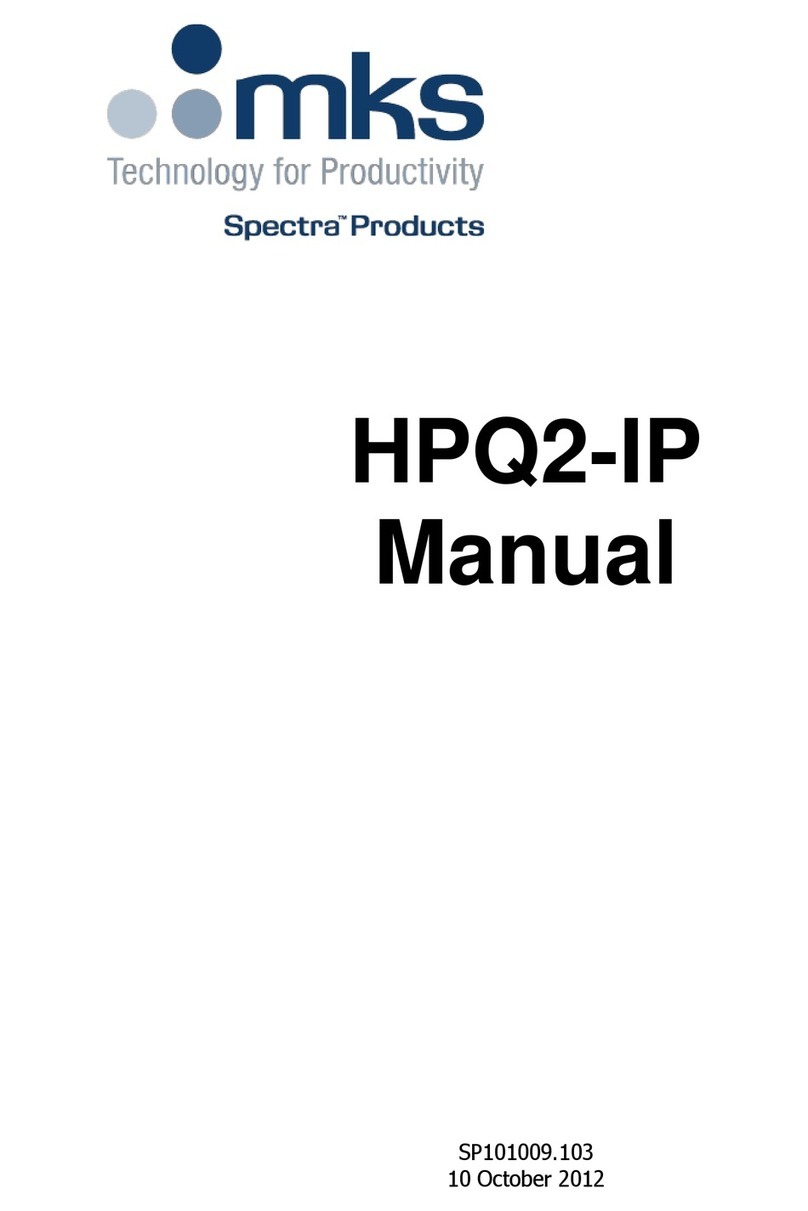
MKS
MKS HPQ2-IP User manual

MKS
MKS Automated SENTRY 1000-300 User manual
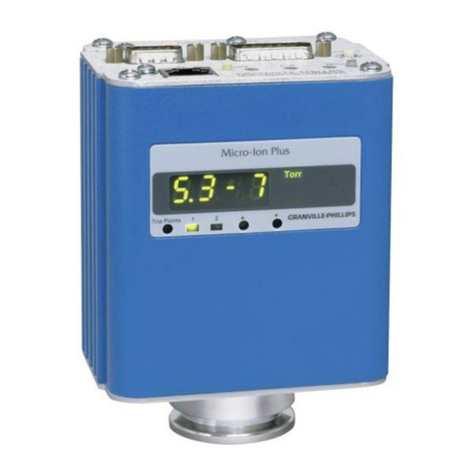
MKS
MKS 356 Micro-Ion Plus Series User manual
MKS
MKS Series 275 MiniConvectron User manual
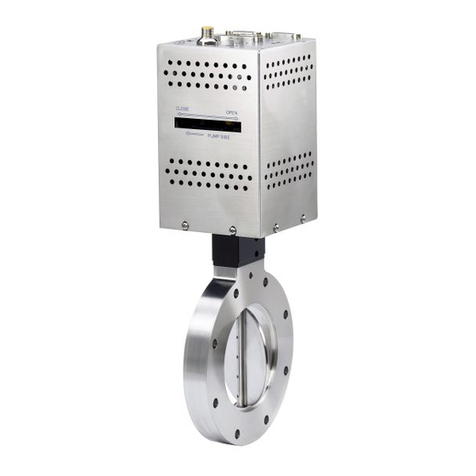
MKS
MKS T3B Series Owner's manual
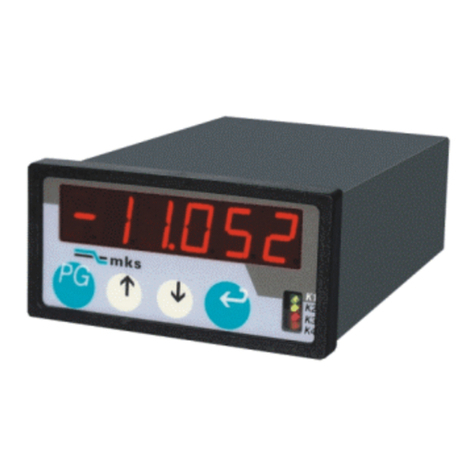
MKS
MKS AX Series User manual
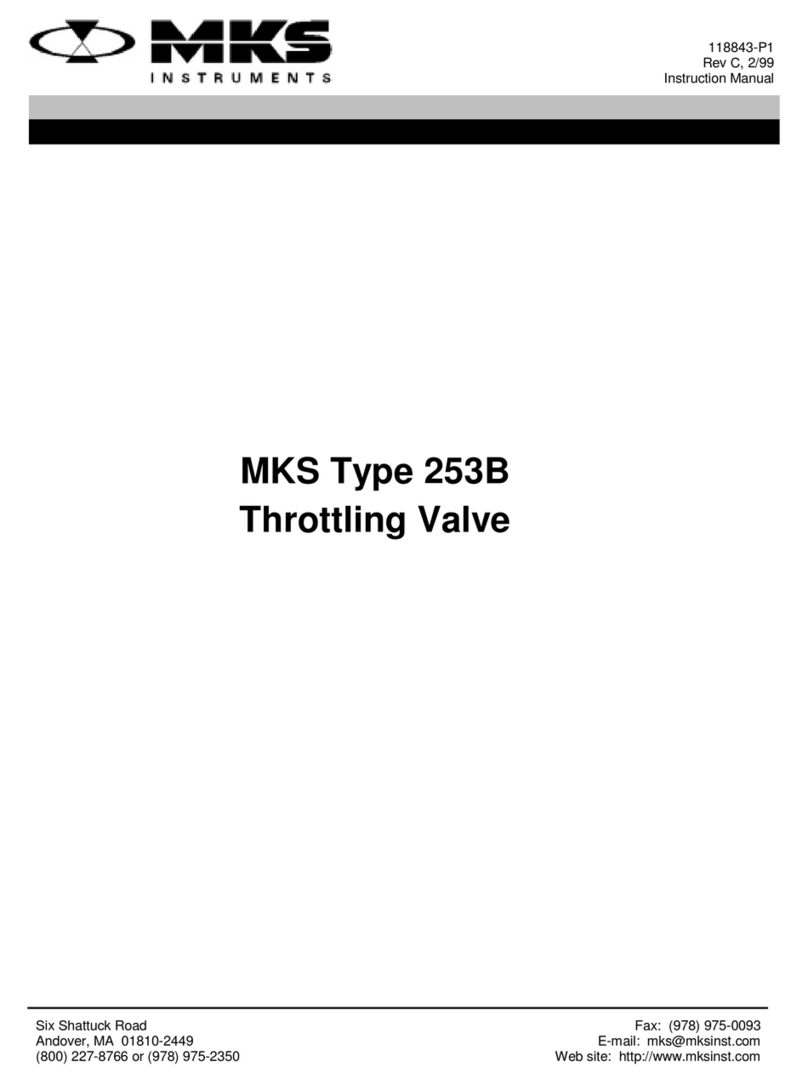
MKS
MKS 253B-2-2-2 User manual
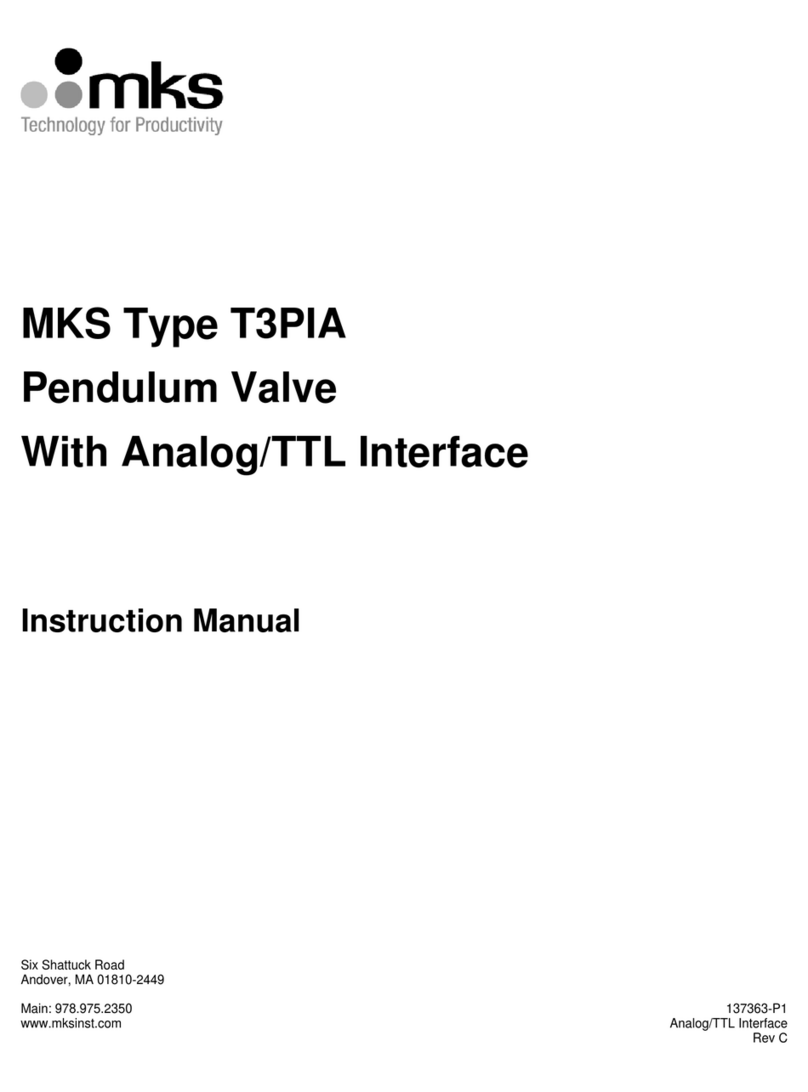
MKS
MKS T3PIA User manual
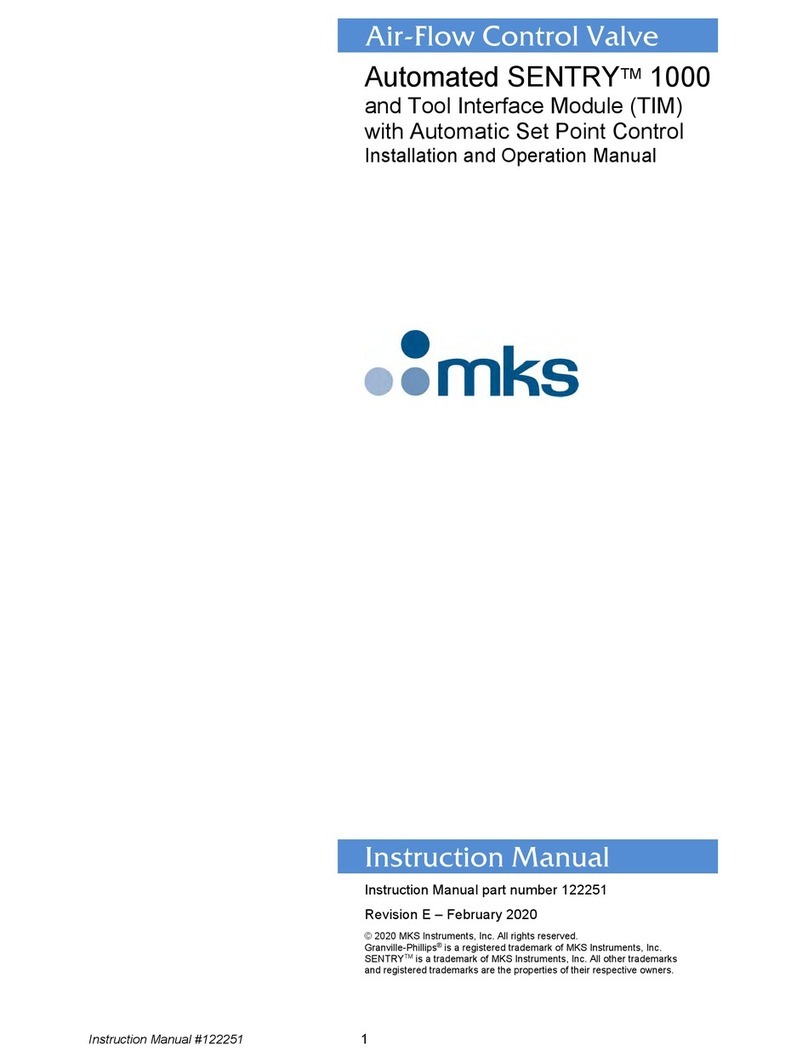
MKS
MKS Automated SENTRY 1000 User manual

MKS
MKS Granville-Phillips 203 Series User manual
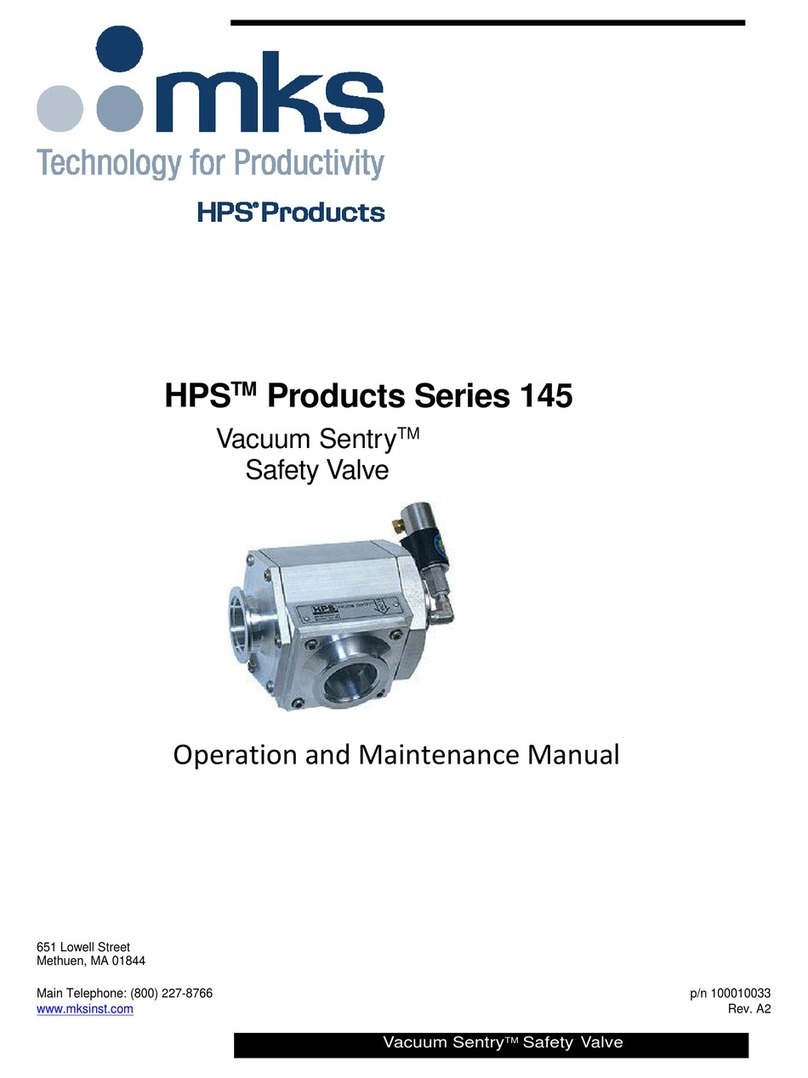
MKS
MKS HPS 145 Vacuum Sentry Series User manual
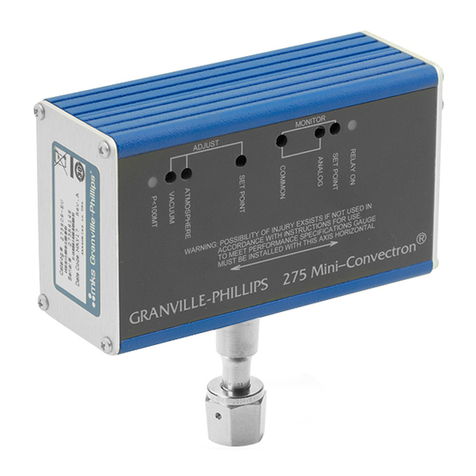
MKS
MKS Granville-Phillips Series 275 User manual
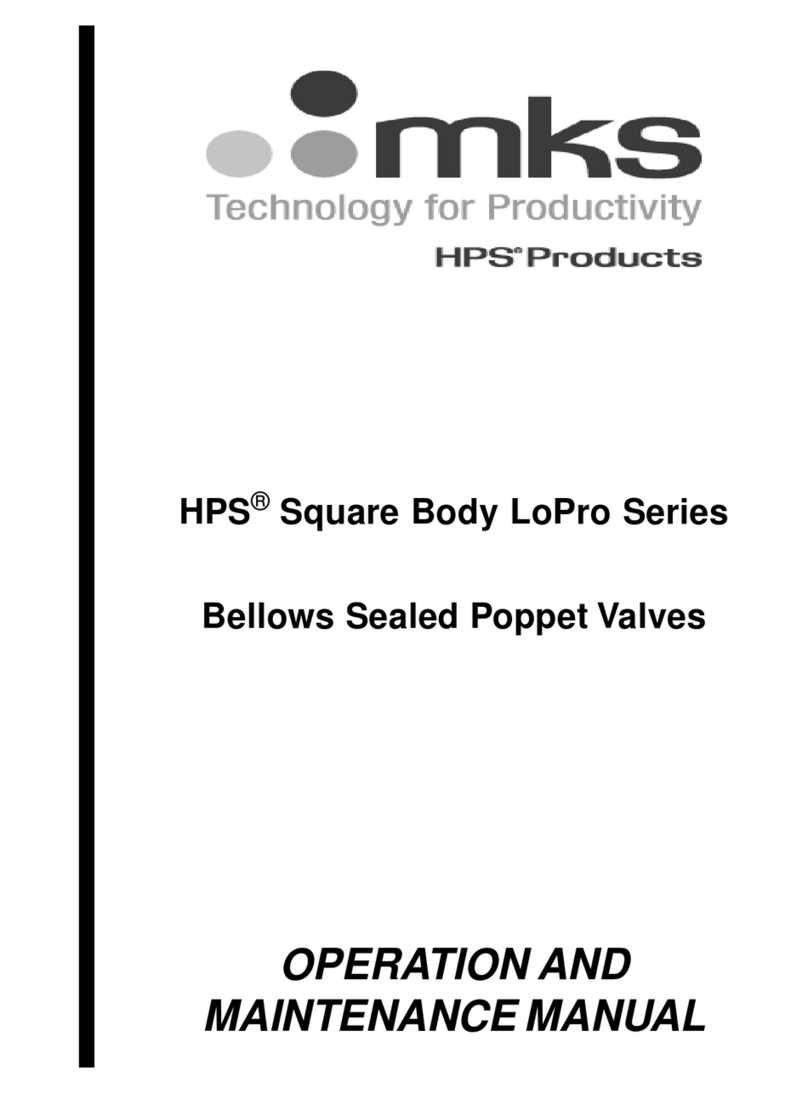
MKS
MKS HPS Square Body LoPro Series User manual
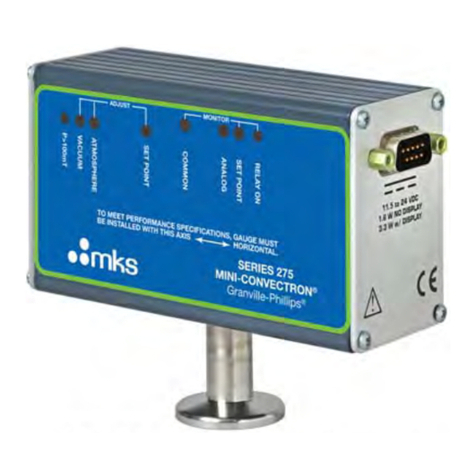
MKS
MKS Series 275 MiniConvectron User manual

MKS
MKS 390 Series User manual
Popular Control Unit manuals by other brands

Festo
Festo Compact Performance CP-FB6-E Brief description

Elo TouchSystems
Elo TouchSystems DMS-SA19P-EXTME Quick installation guide

JS Automation
JS Automation MPC3034A user manual

JAUDT
JAUDT SW GII 6406 Series Translation of the original operating instructions

Spektrum
Spektrum Air Module System manual

BOC Edwards
BOC Edwards Q Series instruction manual

KHADAS
KHADAS BT Magic quick start

Etherma
Etherma eNEXHO-IL Assembly and operating instructions

PMFoundations
PMFoundations Attenuverter Assembly guide

GEA
GEA VARIVENT Operating instruction

Walther Systemtechnik
Walther Systemtechnik VMS-05 Assembly instructions

Altronix
Altronix LINQ8PD Installation and programming manual















